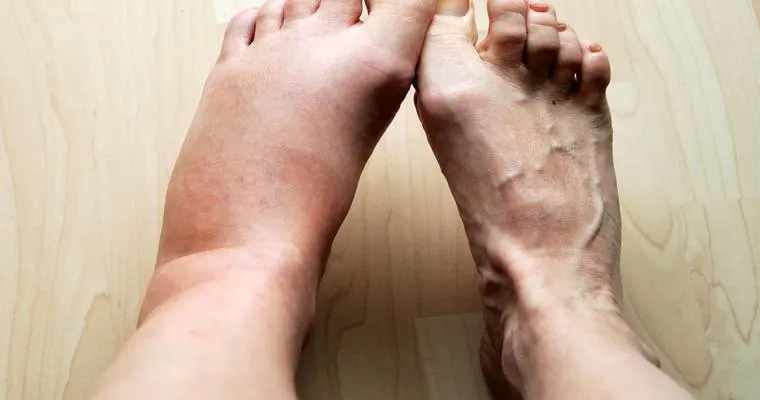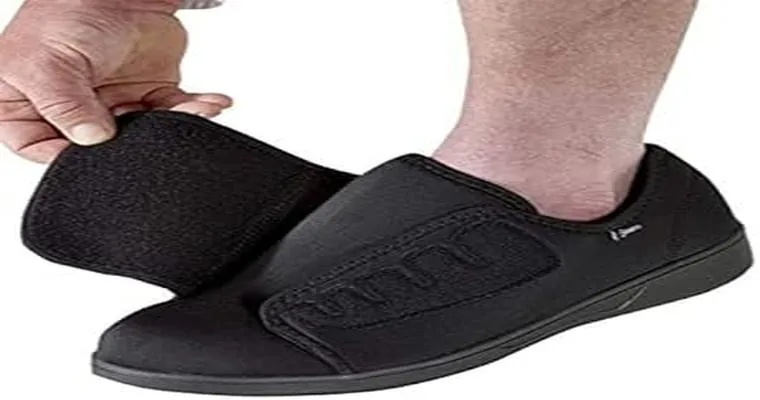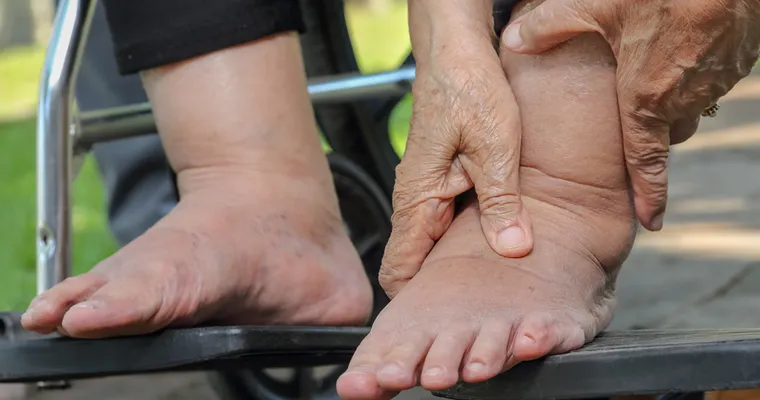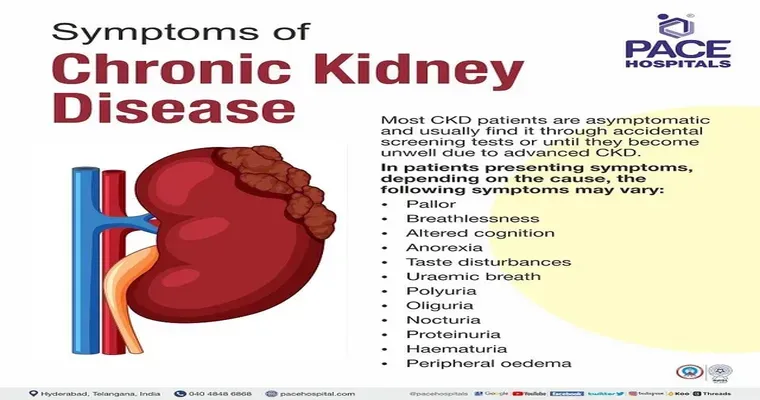Experiencing "leg and feet edema" in a loved one can be a concerning situation that many caregivers face. "Edema", which refers to the swelling caused by excess fluid trapped in the body’s tissues, often affects the lower extremities, making it essential to understand its causes, symptoms, and possible treatments. This article aims to provide valuable insights for those who may be dealing with this condition in their family members or friends.
Understanding Edema
Edema can occur for various reasons, ranging from temporary conditions like prolonged sitting or standing to more serious health issues such as heart failure, kidney disease, or liver problems. Recognizing the underlying cause is crucial for effective management. If you notice that your loved one has swollen legs and feet, it may be beneficial to consult with a healthcare professional for an accurate diagnosis.
Symptoms of Leg and Feet Edema
The most noticeable symptom of "leg and feet edema" is the swelling itself, which may appear as puffiness or an increase in size in the affected areas. Other symptoms can include:
A feeling of heaviness in the legs
Skin that appears stretched or shiny
Indentations that remain after pressing on the swollen area
Pain or discomfort in the affected limbs
Common Causes of Edema
Understanding the potential causes of edema can help caregivers provide better support to their loved ones. Some common causes include:
"Heart conditions": Heart failure can lead to fluid accumulation in the legs.
"Kidney issues": Impaired kidney function may prevent the body from properly eliminating fluids.
"Liver diseases": Conditions like cirrhosis can cause fluid retention.
"Medications": Certain medications, such as those for high blood pressure or anti-inflammatories, may contribute to swelling.
"Inactivity": Extended periods of immobility can cause fluid to pool in the lower extremities.
Managing Edema in Loved Ones
If you are caring for someone with leg and feet edema, there are several strategies you can implement to help manage their condition:
1. "Elevate the legs": Encourage your loved one to elevate their legs above heart level to promote fluid drainage.
2. "Compression stockings": Consider using compression stockings to help reduce swelling and improve circulation.
3. "Regular movement": Encourage regular movement or exercise to stimulate blood flow and reduce fluid retention.
4. "Dietary changes": A low-sodium diet can help minimize fluid retention. Ensure your loved one stays hydrated as well.
5. "Monitor weight": Keep track of any sudden weight gain, as this may indicate worsening edema.
When to Seek Medical Advice
While mild edema can often be managed at home, it is crucial to seek medical advice if the swelling is severe, persistent, or accompanied by other symptoms such as shortness of breath, chest pain, or sudden changes in urine output. These could indicate a more serious underlying condition requiring immediate attention.
Conclusion
Caring for a loved one experiencing "leg and feet edema" can be challenging, but understanding the condition and its management options can make a significant difference. By being proactive and seeking appropriate medical guidance, you can help improve their quality of life and alleviate some of the worries associated with this condition. Always prioritize open communication with healthcare providers to ensure the best care for your loved one.





